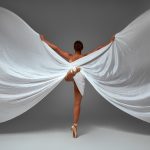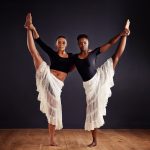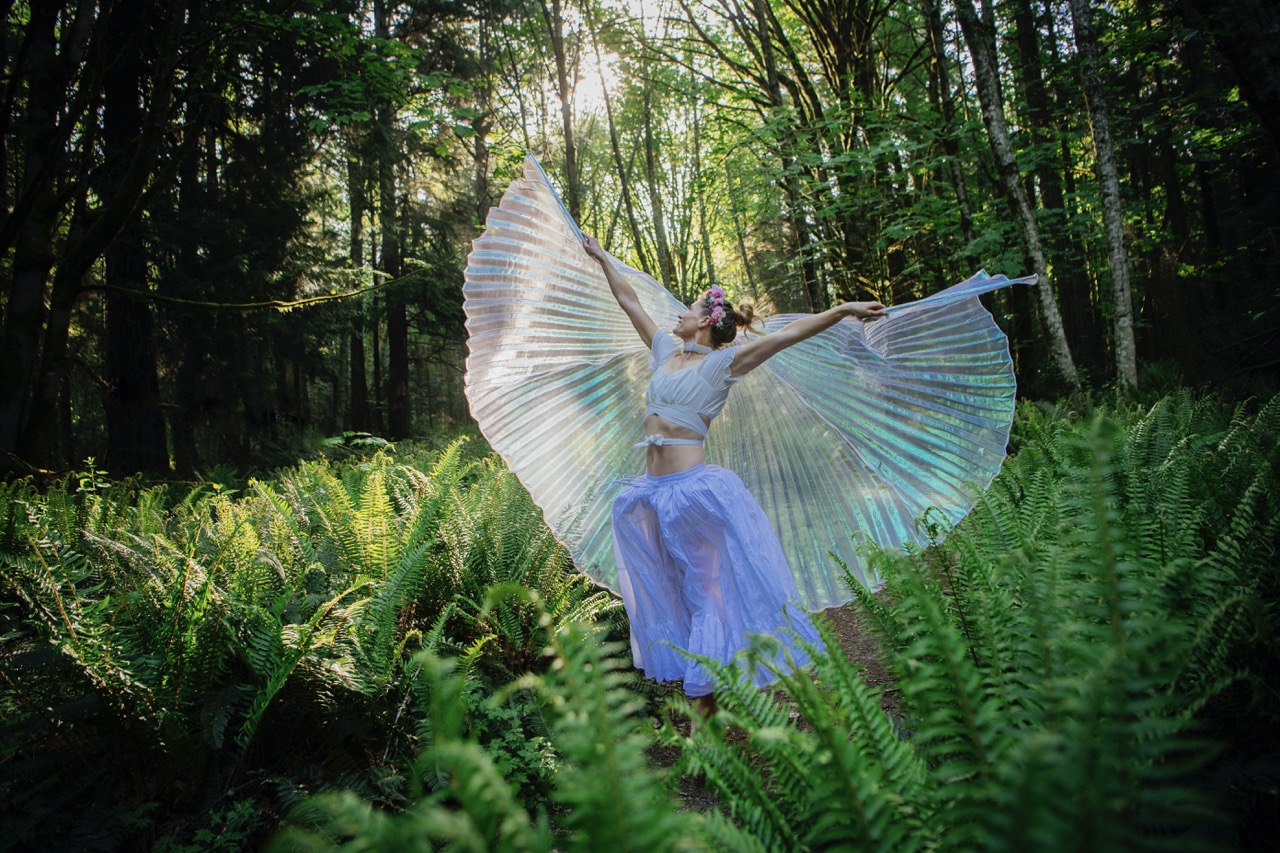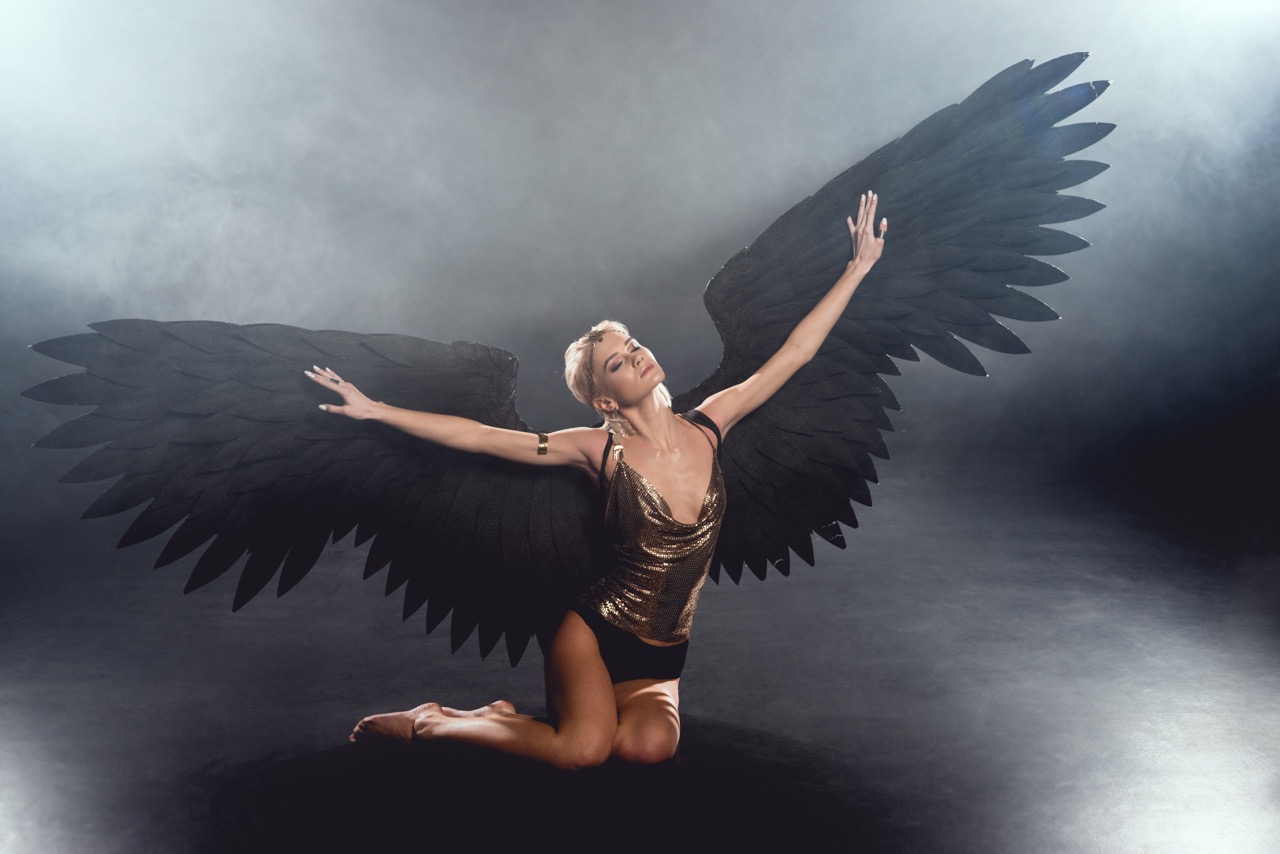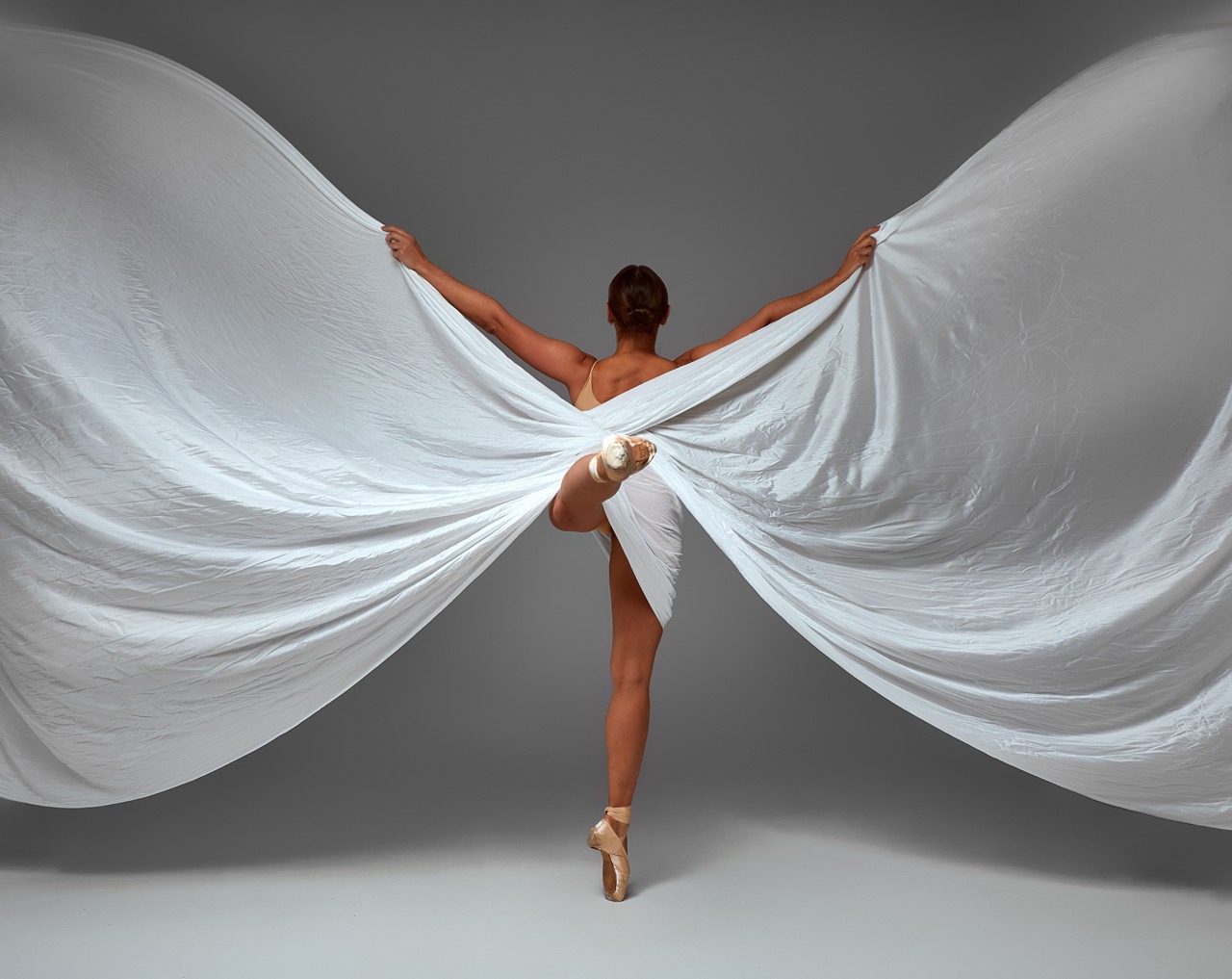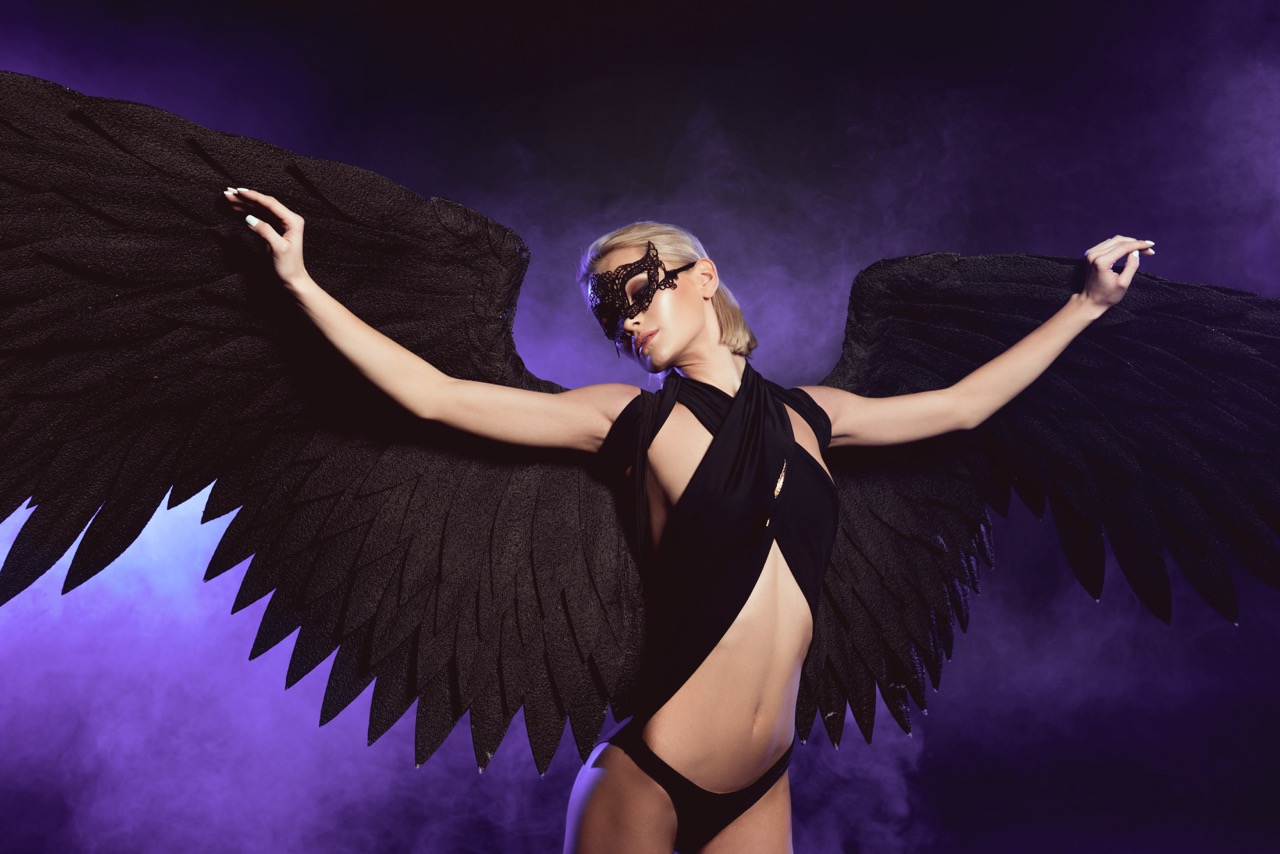In a world increasingly dominated by technological distractions and fast-paced living, the pursuit of inner peace and self-awareness has become more critical than ever. One of the most profound yet often overlooked paths to achieving tranquility is through dance—a timeless form of expression that transcends language and culture. Dance has the power to ground us, allowing us to tap into the deeper currents of our being. As we explore the intricate connection between dance and meditation, we discover how it can serve as a powerful vehicle for entering a flow state, unlocking creativity, and cultivating mindfulness.
Discovering the Dance-Meditation Connection for Inner Peace
Dance is not merely a physical activity; it is an art form that can facilitate profound emotional and spiritual experiences. At its core, dance encourages the body to move freely, allowing for a natural release of tension and stress. When we engage in dance with intention, we create a meditative space where worries and distractions fade away, replaced by a singular focus on movement and rhythm. This connection to the present moment is what aligns dance with meditation—a shared goal of achieving stillness amidst motion.
Unlike traditional meditation that often requires stillness, dance invites us to engage our entire being. Each twirl, sway, and leap becomes a vehicle for self-expression, allowing us to cultivate a sense of inner peace. The repetitive nature of dance—whether through structured forms like ballet or the improvisational flair of contemporary styles—can induce a hypnotic state that mirrors the mental clarity sought in meditation. As we dance, our bodies become a canvas for emotions, leading us towards a state of catharsis and tranquility.
Moreover, dance as a form of meditation has roots in various cultural practices worldwide. From the ecstatic dances of Sufism to the rhythmic movements of African tribal dances, many traditions have long recognized the therapeutic benefits of dance. By embracing these age-old practices, individuals can discover their unique pathways to inner peace, allowing the dance floor to become a sanctuary where they can connect with their true selves.
The Flow State: Unlocking Creativity Through Movement
The flow state, a term popularized by psychologist Mihaly Csikszentmihalyi, describes a mental state where individuals become fully immersed in an activity, losing track of time and self-consciousness. This state is often characterized by heightened creativity and productivity, which can be particularly pronounced in the realm of dance. When immersed in movement, dancers can experience a seamless connection between mind and body, transcending the constraints of everyday thought and allowing for a pure creative expression.
In dance, the flow state is facilitated by the rhythmic patterns of music and movement, creating an environment where the mind can let go of inhibitions. As dancers surrender to the music and their bodies, they often find themselves creating art on the spot—spontaneously generating new movements and interpretations. This unique interplay of body and mind not only enhances creativity but also fosters a deep sense of belonging and connection to oneself and the surrounding world.
Furthermore, the flow state achieved through dance can extend beyond the dance floor. Many dancers report that the insights gained during dance translate into their everyday lives, enhancing their decision-making abilities and problem-solving skills. By honing the ability to enter the flow state through dance, individuals can cultivate a creative mindset that permeates all aspects of their existence, enhancing their overall quality of life.
Techniques to Enter the Flow State While Dancing
Entering the flow state while dancing requires intentional practice and awareness. One effective technique is to begin with a grounding exercise that focuses on the breath. Taking a few moments to inhale deeply and exhale slowly helps to center the mind and body, creating a foundation for movement. Once grounded, dancers can allow their bodies to respond to the music instinctively, letting go of preconceived notions of how they should move.
Another technique is to create a safe and inspiring environment that fosters creativity. This can be achieved by choosing music that resonates with the dancer’s emotions, whether it’s a fast-paced rhythm that encourages energetic movements or a slow, flowing melody that invites gentle sways. The key is to let go of judgment and allow the body to respond freely to the music, facilitating a natural entrance into the flow state.
Finally, incorporating improvisation into dance practice can be incredibly effective in accessing the flow state. Allowing oneself to move without a predetermined structure encourages spontaneity and a deeper connection to the present moment. By embracing the unknown and allowing the body to take the lead, dancers can discover new dimensions of movement and creativity, enhancing their overall experience and connection to the dance as a form of meditation.
Cultivating Mindfulness: Dance as a Path to Self-Discovery
Mindfulness is the practice of being fully present and aware of one’s thoughts and feelings without judgment. Dance, with its inherent ability to connect body and mind, serves as a powerful tool for cultivating mindfulness. As dancers immerse themselves in movement, they develop a heightened awareness of their physical sensations, emotions, and the energy around them. This deep connection fosters a sense of self-discovery, revealing aspects of their identity that may remain hidden in the hustle of daily life.
Through dance, individuals can explore their emotions in a non-verbal manner, allowing for a unique form of self-expression. Whether it’s joy, sadness, anger, or elation, movement becomes a language that articulates feelings often difficult to express. This exploration not only deepens self-awareness but also nurtures acceptance of one’s authentic self. As dancers engage with their inner landscape, they find empowerment in embracing vulnerability and authenticity.
Moreover, the act of dancing mindfully can enhance emotional resilience. By learning to navigate and express complex emotions through movement, individuals cultivate the ability to respond to life’s challenges with grace and composure. This practice creates a feedback loop; the more one engages with dance as a mindful practice, the more adept they become at interpreting their emotions, leading to profound personal growth and self-discovery.
In conclusion, dance serves as a remarkable form of meditation, bridging the gap between body and mind while allowing individuals to explore their inner selves. By discovering the connection between dance and meditation, one can unlock the transformative powers of the flow state, enhancing creativity and fostering mindfulness. Through intentional techniques and an open heart, dance can guide us on a path of self-discovery, leading to greater emotional resilience and inner peace. As we embrace the rhythm of life, we find that in every step, turn, and sway, there lies an invitation to connect deeply with ourselves and the world around us.


